 Print This Post
Print This Post
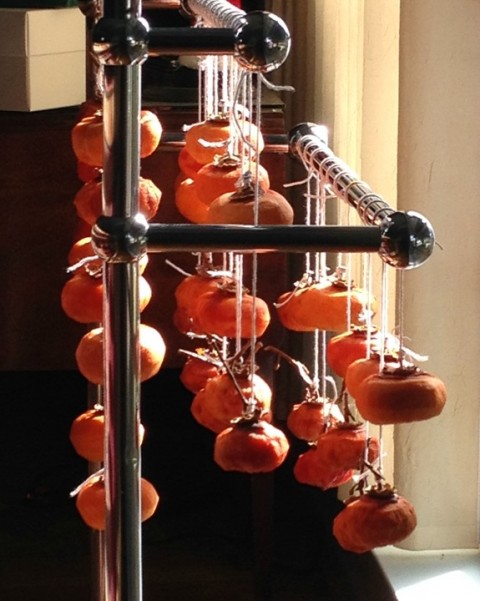
Today please welcome my long-time friend Cassy Muronaka. I’ve invited her to show us her expertise on how to air-dry persimmons. Cassy and I met when we did some heavy lifting in the journalism trenches at Southern California newspapers more than a decade ago. Her post below makes me miss her even more!
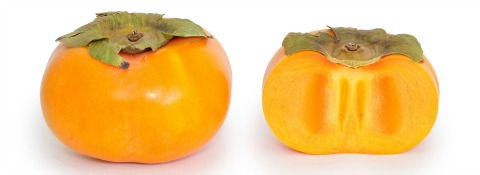
By Cassy Muronaka
Last year when I posted on Facebook a photo of my persimmons drying in my living room, Dorothy asked me why I did it that way, and more importantly, HOW I did it. She pestered me for the better part of a year, and now that it is persimmon season again, I’m happy to share with you my technique.
It is borne of necessity.
My Fuyu persimmon tree produces an abundance of fruit, and over the decades, I have constantly sought ways to preserve the harvest. It also kills me to let perfectly good fruit go to waste just because I can’t keep up with it.
Some years ago when I discovered that dried persimmons taste like dried dates, I became a much bigger fan of persimmons than I previously had been. So during the last several years my dehydrator has been very busy drying Fuyus that I simply sliced up and layered on dehydrator trays. The results I ate and gifted to friends who like them; I even sent some to France one year.
Planting a persimmon tree in the back yard was not my idea. I inherited it. My husband and I live in the house in which he was raised, and it was his father – a Japanese-American, like my husband – who put it in the ground half a century ago. His foresight has been my good fortune.
Hoshigaki
Now the tree’s fruit are about ripen, and for the second year in a row, I have abandoned the dehydrator in favor of a technique that goes back hundreds of year, long before electric hydrators were invented. It’s called “Hoshigaki.” This process involves skinning the fruit and hanging the fruit to air-dry in a sunny window for several weeks.
It’s not any harder than using a dehydrator. As long as you can tie a knot to a tree branch end, you can dry a Japanese persimmon.
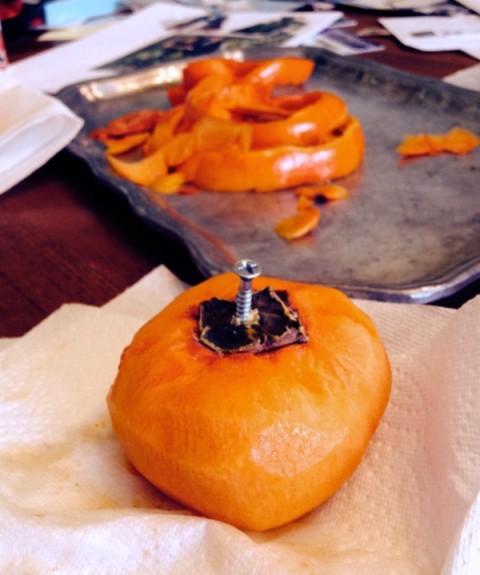 If you don’t have a branch end on any of your persimmons, a metal screw can be inserted into the top into any persimmon. I raided my husband’s tool chest for a few of these last year. I also stole the metal towel rack out of his bathroom.
If you don’t have a branch end on any of your persimmons, a metal screw can be inserted into the top into any persimmon. I raided my husband’s tool chest for a few of these last year. I also stole the metal towel rack out of his bathroom.
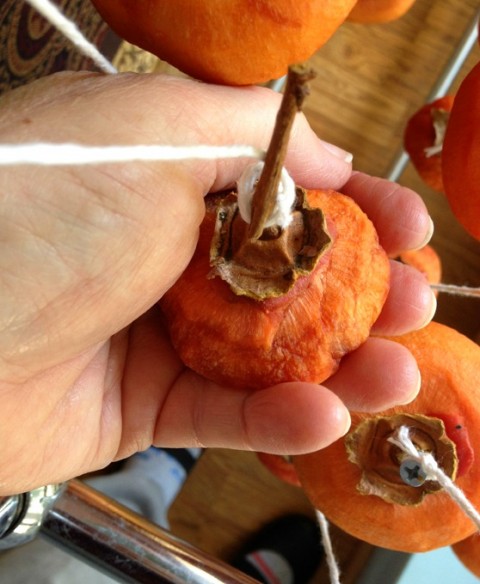 Once a week I “massage” my persimmons to move the sugar around in the fruit. For me, this simply involves a couple of encouraging squeezes.
Once a week I “massage” my persimmons to move the sugar around in the fruit. For me, this simply involves a couple of encouraging squeezes.
The fruit take about 3-4 weeks to air-dry, so the technique is not for those who require instant gratification. The final product looks darker and collapsed.
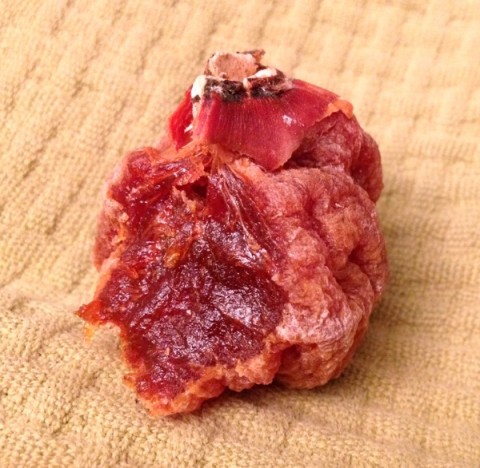 Unless you have a big picture window and a lot of poles from which to string your persimmons, you probably won’t end up with more than 20 or so of them. But hey, you didn’t really do much work, did you?
Unless you have a big picture window and a lot of poles from which to string your persimmons, you probably won’t end up with more than 20 or so of them. But hey, you didn’t really do much work, did you?
If you have a Japanese or Japanese-American friend, he or she will understand the amount of time that went into creating Hoshigaki, and appreciate the gift of one or two of the fruit.
Although I use Fuyu persimmons because that’s the variety of tree I have, many Japanese use Hachiya persimmons to dry for Hoshigaki. It’s true when the persimmons finish dehydrating, the v-shaped Hachiyas look prettier than the shriveled-up Fuyus. [For a discussion on persimmon varieties, go here.]
But the difference is only cosmetic. They both taste like thick jam when you take a nice, big bite.
Drying persimmons the traditional way produces a shriveled fruit with a jammy interior, much like a date. It's called Hoshigaki.
Ingredients
- Fuyu persimmons with a bit of branch attached to each
- Small metal screws (if there is no branch attached to the persimmons)
- Kitchen twine
- A portable towel rack, clothing rack or some other structure from which to hang the fruit so it doesn’t touch
Directions
- Using a small paring knife, remove the skin from each persimmon.
- If the persimmon has a branch attached, tie twine to the branch and hang it over the rack. Repeat with other persimmons.
- If the persimmon has no branch attached, insert a small metal screw into the top of the persimmon, and attach the twine to that screw.
- Allow persimmons to hang for 3-4 weeks, gently massaging them once a week to distribute the sugar in the fruit.
- At the end of the drying period, remove twine and metal screw (if using), and store them in a covered container or zipper-top plastic bag (much as you would store dates).
- They will be darkened and shriveled, and jammy when you bite into them.
- Enjoy, and be sure to give some away as gifts from your kitchen!
Notes
Recipe source: Cassy Muronaka
Other ways to hang your Hoshigaki
Here are some examples from around world, showing Hoshigaki hanging every which way! (Photos from Wikimedia Commons.)
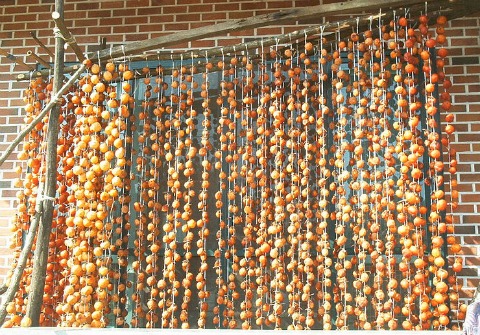
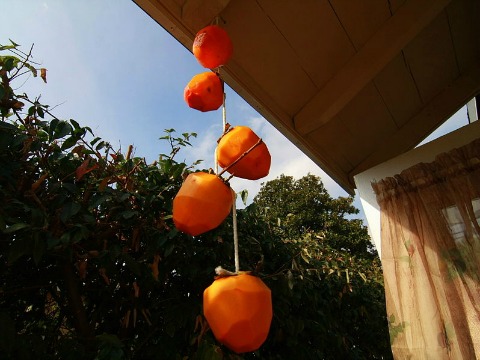
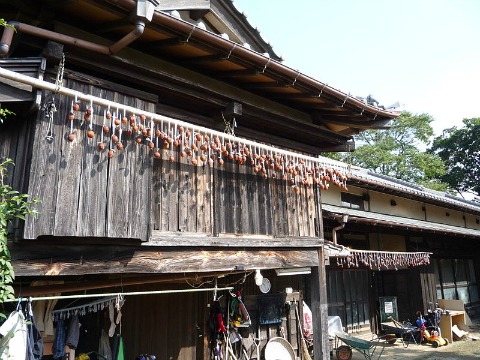
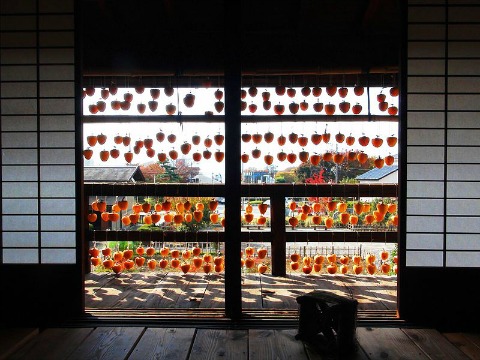
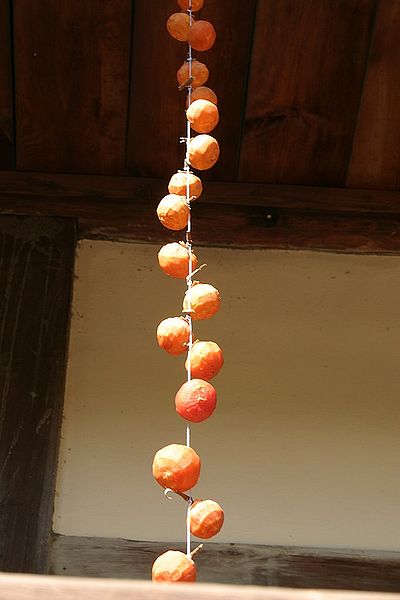
——————————-
 Cassy Muronaka spent many years working in journalism, at the Los Angeles Times, United Press International, the Las Vegas-Review Journal, and the San Gabriel Valley News Group, as both reporter and photographer. She taught college, freelanced for magazines, and ran a blog before beginning work on a novel set in Las Vegas.
Cassy Muronaka spent many years working in journalism, at the Los Angeles Times, United Press International, the Las Vegas-Review Journal, and the San Gabriel Valley News Group, as both reporter and photographer. She taught college, freelanced for magazines, and ran a blog before beginning work on a novel set in Las Vegas.








 Welcome to my kitchen!
At ShockD, you’ll find scrumptious, tried & true, "scary good" recipes, tips and coaching to make YOU a fabulous home cook! Don't blame me if you need a 12-step program to wean yourself away!
E-mail me: Dorothy.Reinhold@gmail.com
Welcome to my kitchen!
At ShockD, you’ll find scrumptious, tried & true, "scary good" recipes, tips and coaching to make YOU a fabulous home cook! Don't blame me if you need a 12-step program to wean yourself away!
E-mail me: Dorothy.Reinhold@gmail.com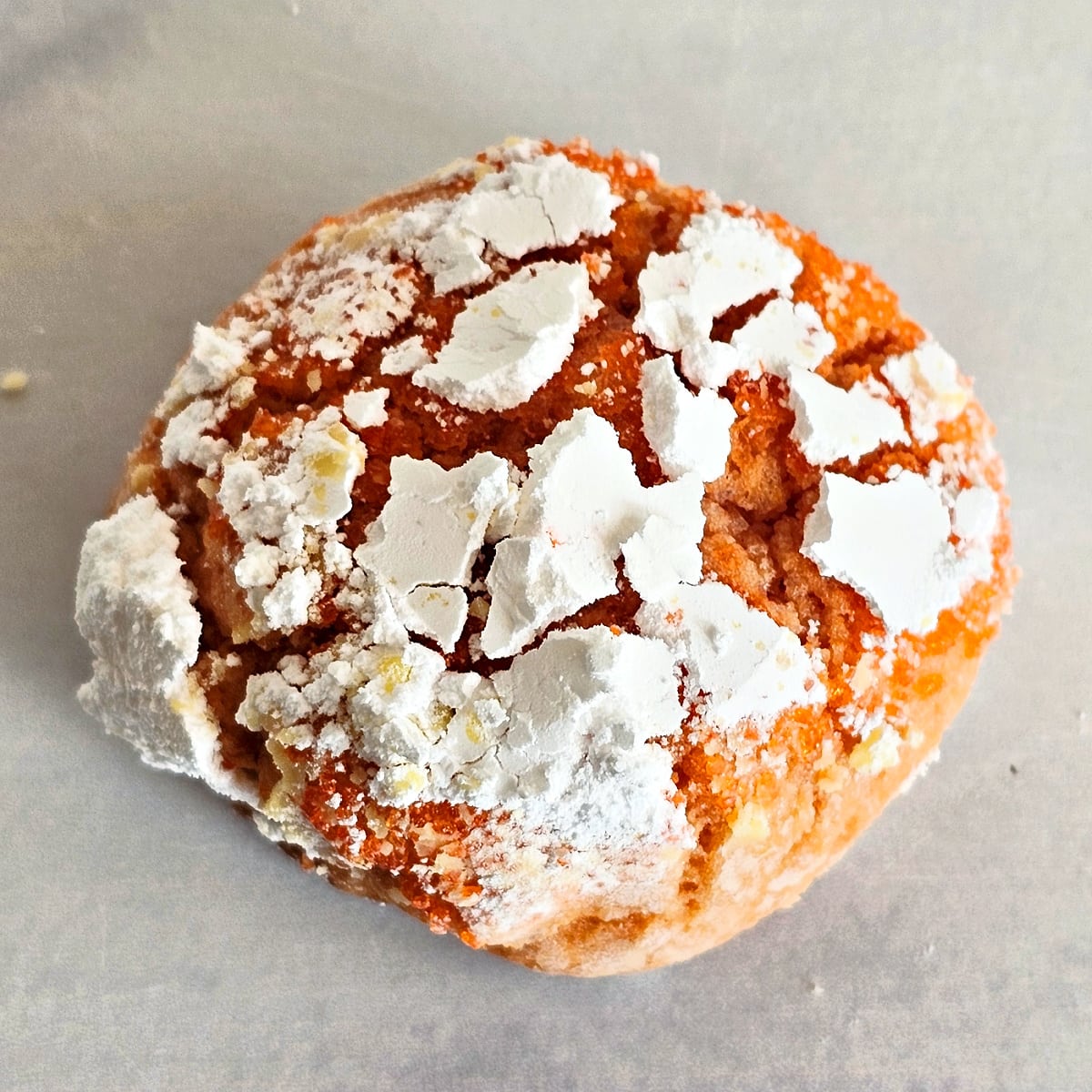
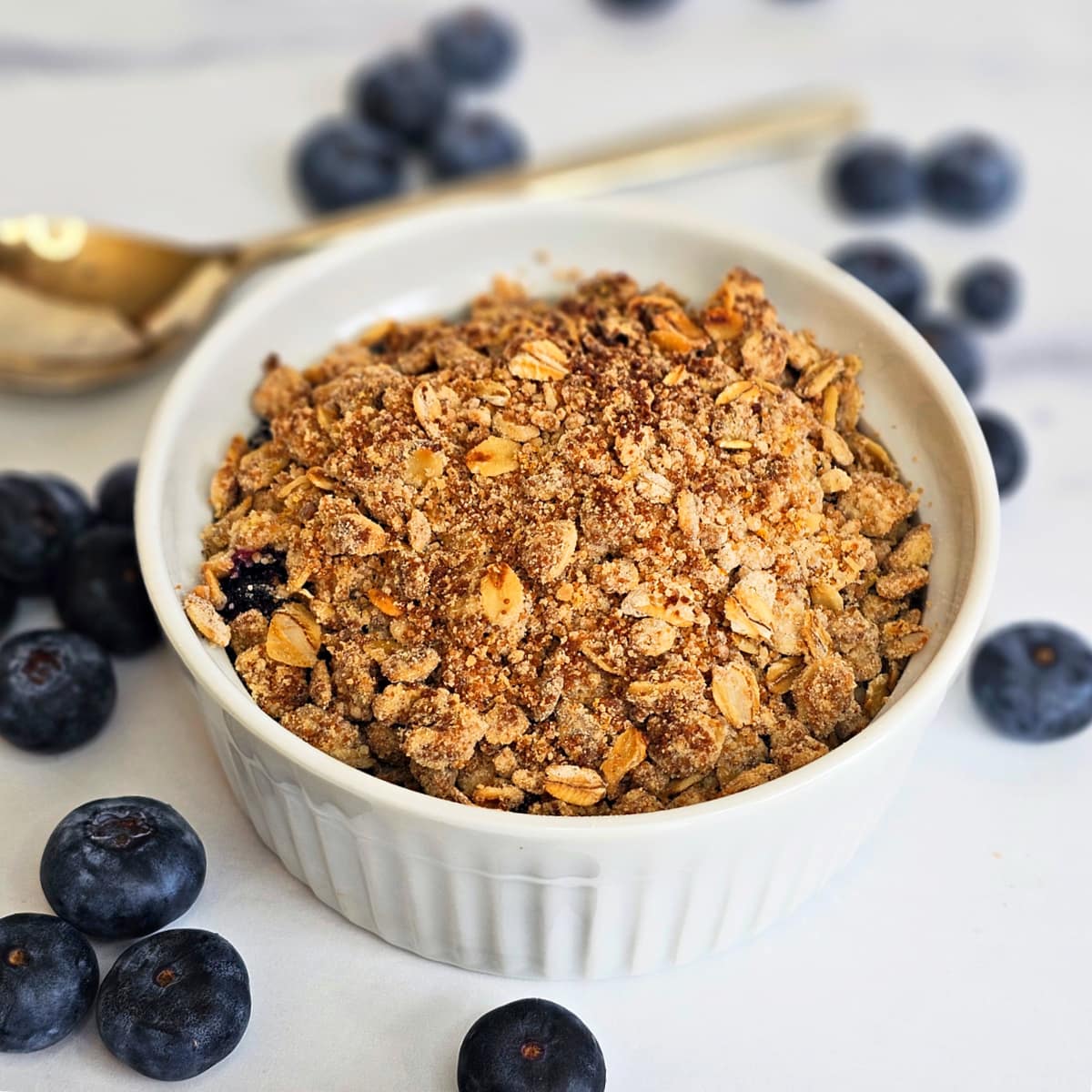
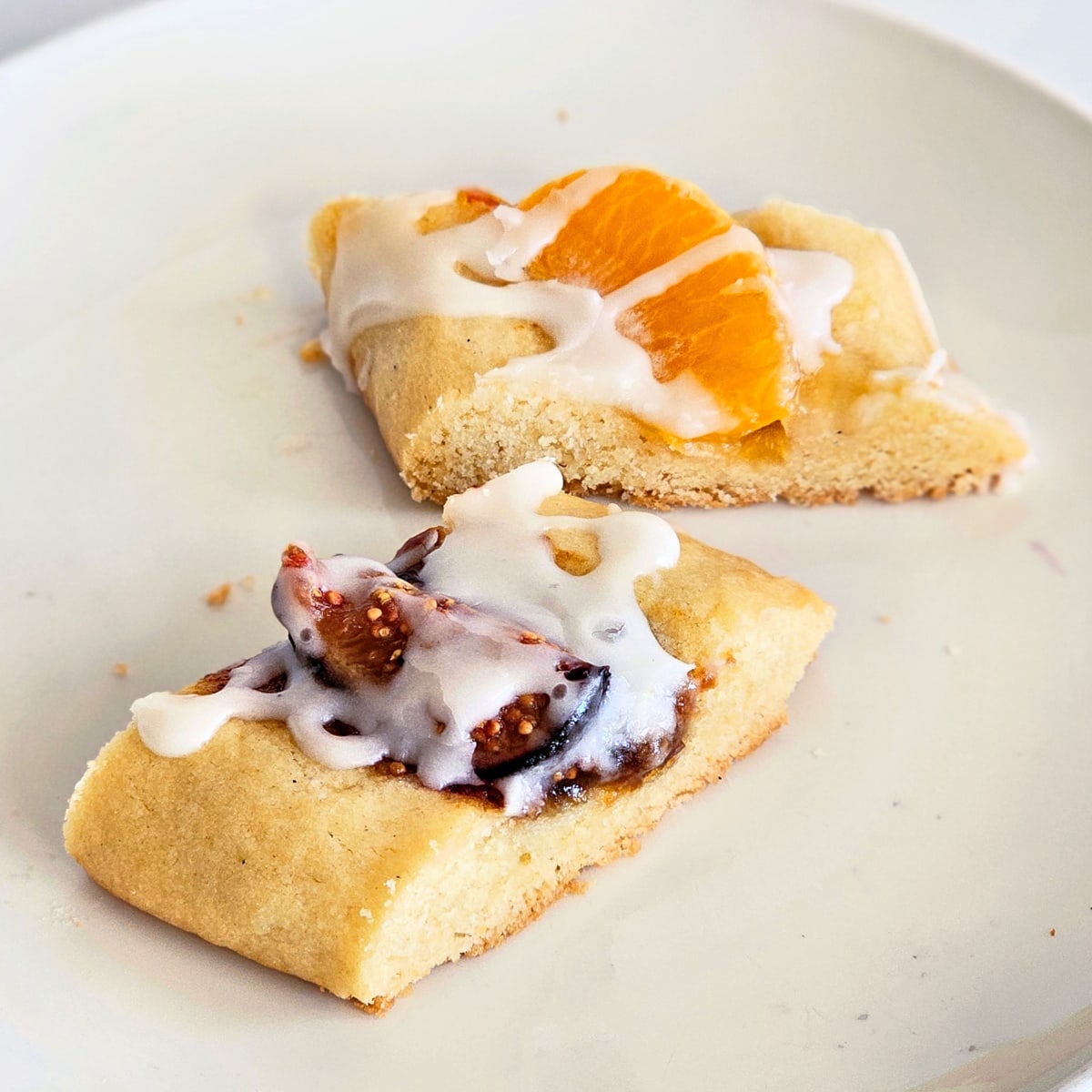
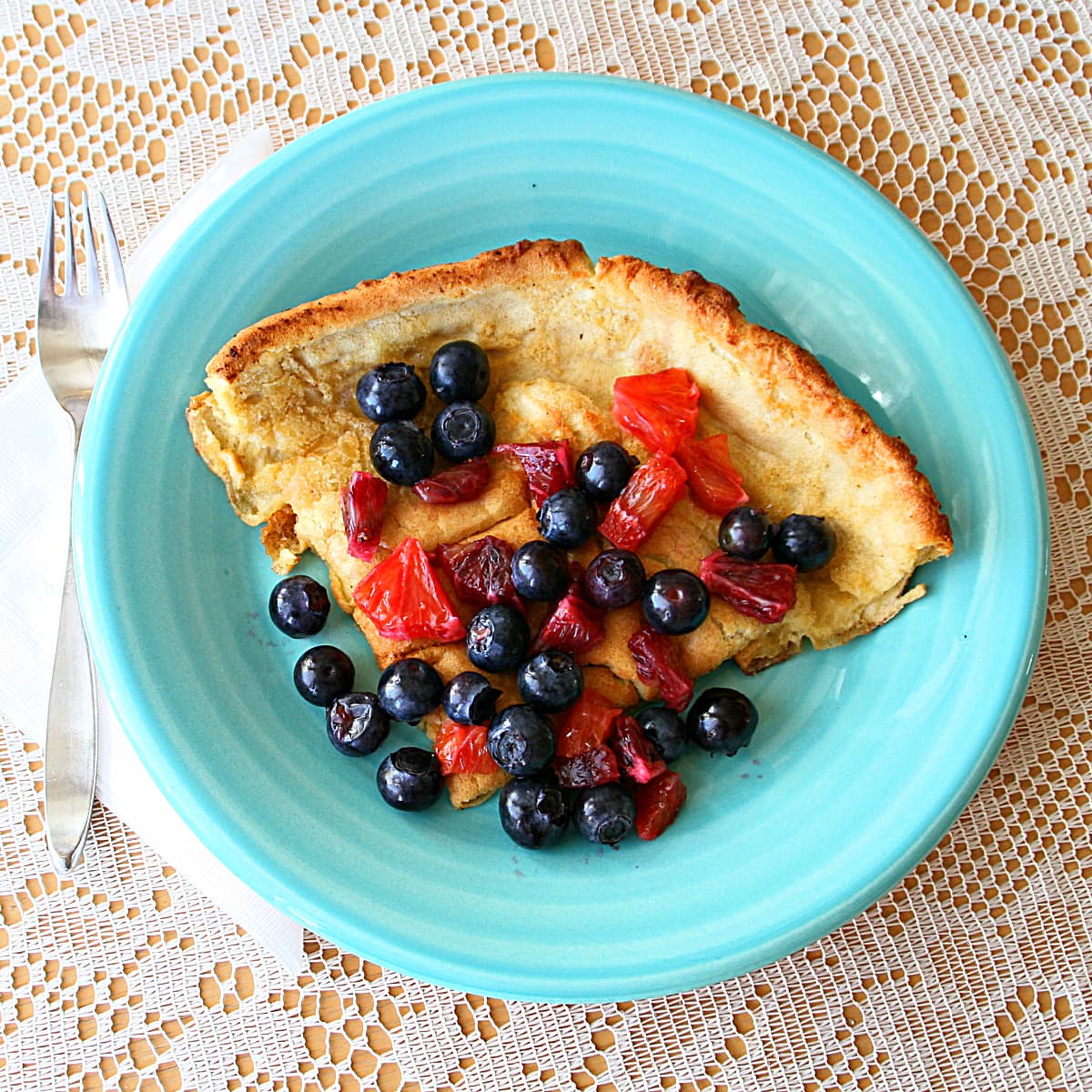
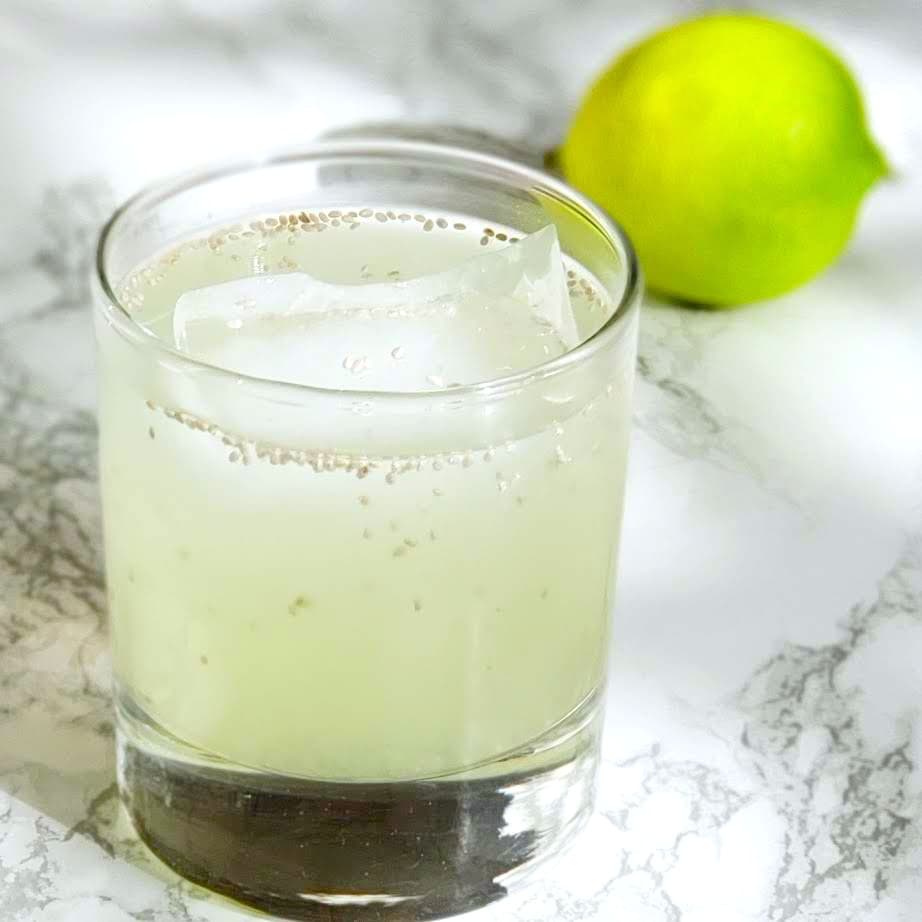
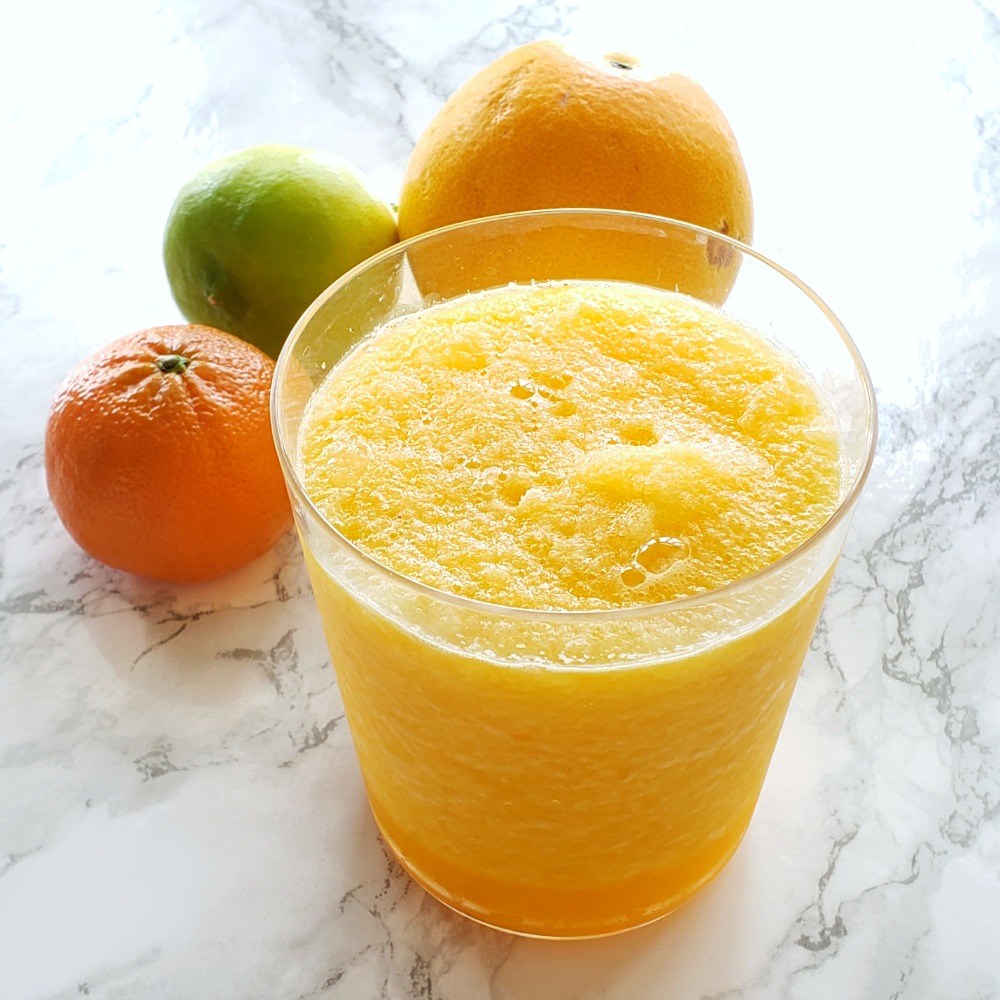
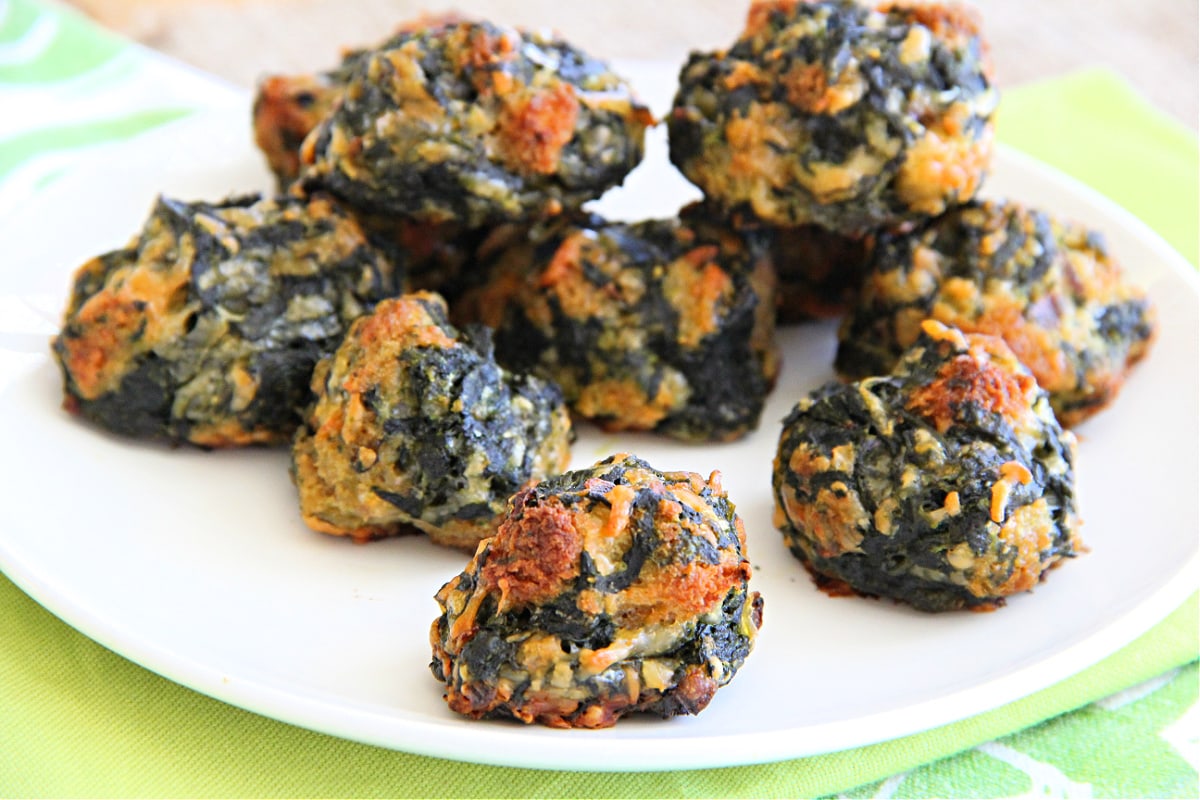
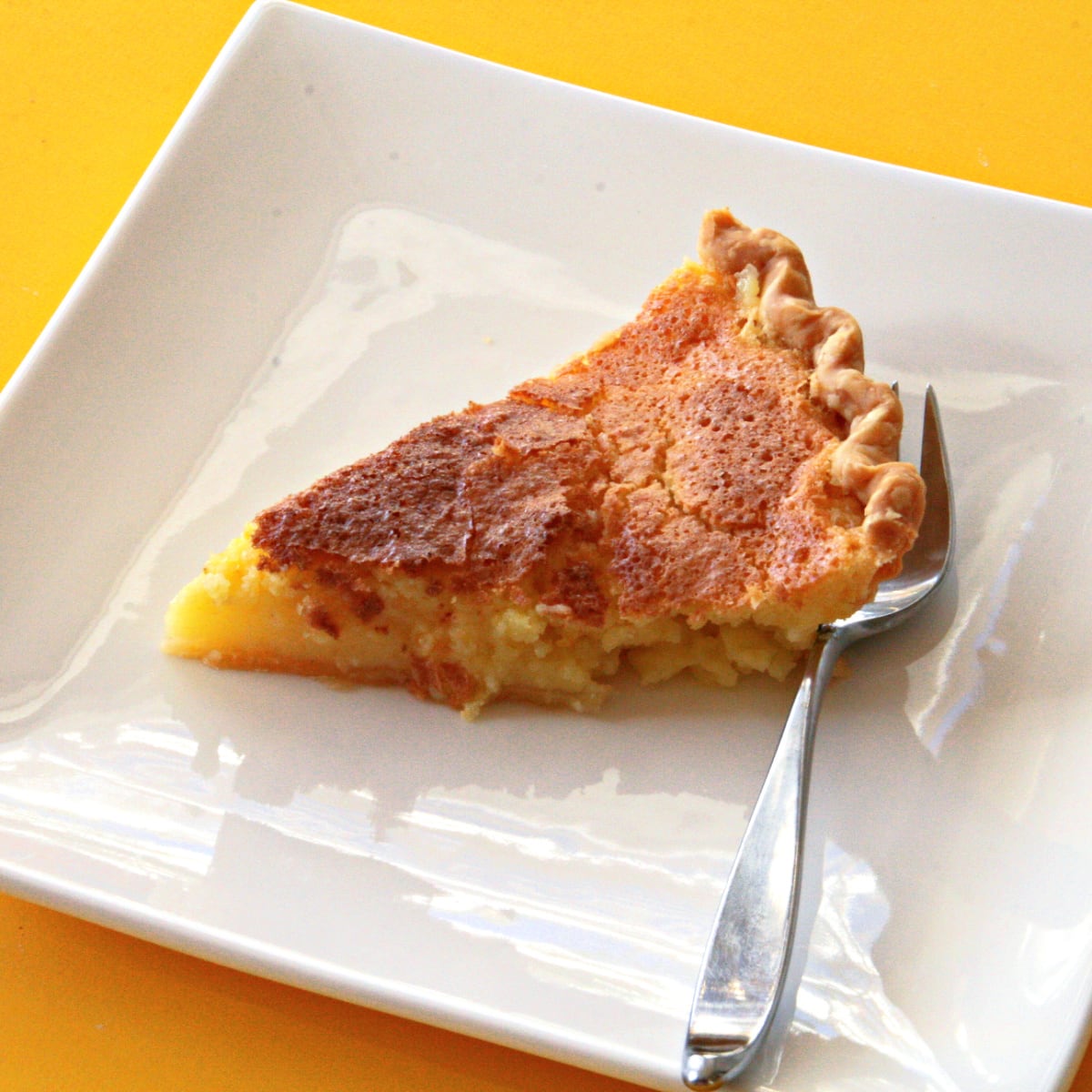

{ 35 comments… read them below or add one }
Next Comments →
First time air drying from my nonnos tree ( 1960s).
I am excited to see the end result.
Also did some with the dehydrator, YUMMY.
Teresa,
I am so happy you had success!
This is the first year I’m drying persimmons but I’ve two issues: flies everywhere and, altough they taste great, the skin is thick and tough. I never ate any other hoshigaki before so I don’t know if this is normal. This is the third week and to me they seem already done (here the climate has been warm and dry almost always).
Do you have any suggestion? I’ll happily try them the next year.
Set a fan on low blowing on your persimmons for at least the first week. That keeps away both insects and mold. Works like a charm…
Can I dry fuyu with the skin in?
Teresa,
Yes!
Sorry for bits by bits information about the twine.
Plastic twine and ropes are sold at Amazon America, but check if the strands are separately tied into twine. If so, they have gaps to put the T-stem of persimmon into each of them, at about ten centimeter intervals.
But there is another type of nylon twine looking the same as kaki-nawa from outside. The two strands are twined but melted together in the middle and there’s no gap. I don’t know if they are selling kaki-nawa at a household items shop in the U.S.
You can buy such rolls of twine called kaki-nawa(kaki=persimmon nawa=twine or rope) at Amazon Japan. It’s inexpensive.
But the important thing is that the T-shirt stem (branch?) remains at the bottom of the persimmon.
You should leave the T-stem at the bottom of a persimmon and use plastic two-stranded twine, so that you can put the stem into a gap of the twine. Then you don’t have to tie the string around the stem. You can hang ten or so on a one-meter length of each.
But persimmons sold at a supermarket do not have T-shape stems attached, and in such a case it takes time to put them on a strength of twine or string.
2 years ago, this process worked terrifically. Last year with all the wet weather, my racked Fuyus got moldy. This year I dipped the prepared Fuyus in boiling water for 10 seconds, then I hung them in a sunny window, and placed a small oscillating heater next to them. This resulted in a perfect process and I just took down my first 100 dried persimmons. I am beginning another smaller batch and using my dehydrator, without the lid on, beneath the drying rack. This way I get air flow and some heat in my cool room. Love the results and hope for the best on my second batch. Harvested well in excess of 150 lbs of fruit on my tree this year, must be creative and generous.
Renee,
Your solutions are genius! It wouldn’t have occurred to me to do the boiling water trick, but that sounds smart. Ditto on the dehydrator without the lid on. You just put them in there whole, and some hours (or a day) later, they’re dried?
I still hung the persimmons on strings on a drying rack. I took the trays from the dehydrator and put the base beneath the drying rack and plugged it in. I leave that on during the day when I am home and put the oscillating heater with a fan on during the night. This combination is leading to a quicker process as I began massaging persimmons just four days into the process. Will let you know if this accelerated process yields good results.
Renee,
That sounds like a smart solution to me to speed it up!
Was watching CA Gold on PBS when the show about dried persimmons showed yesterday. I had ate Persimmon Bread covered with cream cheese baked by my Grandmother but never ate them. Looking forward to trying to dry some.
Tina,
Oh, I have never seen that episode of CA Gold, but I would like to!
My Fuji persimmons are falling off the string after a week of hanging. What have I done wrong. It worked last year.
I have been drying Persimmons for several years, in Northern California. I hang them in my daughter’s bedroom (away at school), keep the ceiling fan on 24 h/day, massage them once/week, and after several weeks, we have our prized treats! They don’t develop a thick white sugary glaze, but that’s not a problem… they are SO delicious! Keep them in a refrigerator drawer, in freezer bags, and dip into the stash once in a while when we need a special treat. Time to plant another Persimmon bush!
Jim,
Brilliant use of an empty nest room! You are making me want to go research whether Fuyu persimmons will grow in my coastal region of Southern California. That and an avocado tree would make me deliriously happy!
I happened on this quite by accident and must tell you I am delighted! My Fuyu went crazy for the first time since planting and now I can’t even give them away. I have eaten pounds of them fresh, but didn’t want to waste the 25 pounds still left in the basket. (I picked them before the frost this weekend. I will be peeling and hanging them tomorrow!
Thank you so much!
Lynda
Lynda,
Oh, if you live in Southern California, I would take them off your hands! Fuyu is my favorite fruit EVER. Send me a photo of all of your fruits hanging. I’d love to see the spectacle.
plz send me the way how to dry persimmon in pakistan swat because we have enough persimmon . but we dont know hw to dry. i shall be graetfull
Samiur,
I think the way Cassy describes here should work for you, shouldn’t it?
My father had a tree of fuyus, and I wish I had known this before the tree was cut down by new owners! But my question is, at what stage is it time to do this drying: when the fuyu is still firm, or when it is gelatinous and soft? Do the same rules apply to drying hachiyas? I see that the skin has to be removed, which to me says the persimmon must not be soft when dried. Sign me
– confused
Rebecca,
Fuyus are firm, picked firm and eaten firm. They are crisp like an apple. So that’s why you see them being peeled in the photo. The Hachiya persimmons are the ones that need to get soft and gelatinous, like a blobby water balloon, before you can eat them. Honestly, I am not certain whether they are peeled before drying. This writer was concentrating on the Fuyus, which ARE peeled and are firm enough to insert a little screw in, as she shows here. If you follow the link in the article, I talk about the different types of persimmons on a separate post. Hope this answer helps. Good luck drying your persimmons!
Natsukashii! Your delightful photos of dried persimmons flood me with memories of eating the yummy fruit in Japan. Thank you very much for the how-to replicate the treat in America =)
Oh, Ninja/Kim, is that another name for it? Excellent!
Thank you for this wonderful instructive tutorial for how to make hoshigaki. I have been trying to find simple instructions for a while now and these are the best I have found 🙂
Nark,
Excellent and you are welcome! Make some and come back and tell me about your success!
This sounds very interesting. I love persimmons and so happy that they’re in season now. And learning how to dry persimmons is so kewl!
Linda,
Isn’t this just the cat’s meow? I love learning about traditional methods.
Dorothy, just this morning my husband rose form bed, turned to me and announced “it’s time.” He then went outside to spend several hours de-persimmoning the ripened fruit from our tree. He trimmed up most of his pickings that he will give friends and family, but reserved some with little branches still attached, so I could again make Hoshigaki (without having to use any metal screws this year). So…. I guess my work is cut out for me during the next couple of days.
BTW, David also announced that we will be going to Bed, Bath, and Beyond tomorrow, in order to buy a collapsible clothes-drying rack, on which to hang the drying fruit. He has no intention of giving up his towel rack again this year.
Ha ha Cassy! I like his style! Thank you so much for sharing your expertise with us! If I could get my kids to stop hogging down the Fuyus, I would try this method myself!
OK, this is the coolest thing ever! I love how they are so beautiful while they are being dried – the food becomes decoration. I don’t have a persimmon tree but would love to try this with persimmons from the farmers’ market!
Jeanne,
This is right up your alley! I hope you try it!
{ 1 trackback }